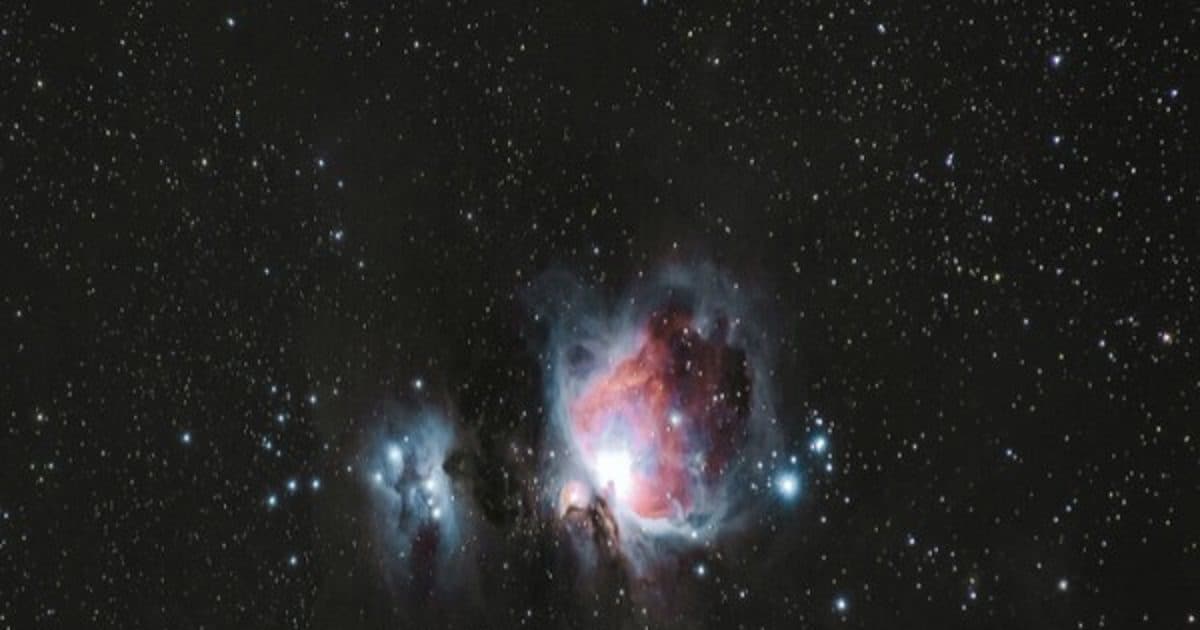
[ad_1]
highlights
Interstellar cloud conditions make life’s key building blocks possible
Scientists led by Scientist Dr. Danna Kasim discovered the origin of the building blocks of life
Origins of the building blocks of life: South West Research Institute Scientist Dr. Danna Qasim (Dr. Danna Qasim) A new study led by says that interstellar clouds may have played an important role in making the building blocks of life in the solar system. Interstellar Cloud means clouds where there is accumulation of gas, plasma and dust.
According to Science Daily, Kasim said that some of the oldest objects in the universe, asteroid There are such as “Carbonaceous Chondrites” which have contributed to the life formation. They contain many different molecules and organic substances, including amines and amino acids, which are the major building blocks of life. These are also the essential substances for making protein and muscle tissue.
Most of the meteorite fragments were broken long ago in the asteroid belt between Mars and Jupiter. Millions of years before the collision with the Earth, it used to revolve around the Sun. Responding to how amino acids would have been found in carbonaceous chondrites in the first place, Qasim said that most meteorites come from asteroids. Scientists have attempted to regenerate the amino acid by acting on steroid conditions in a laboratory setting, a process called “aqueous transformation”. There is no direct evidence of amino acids in interstellar clouds but there is evidence of amines. The Interstellar Molecular Cloud can provide amino acids. Kasim then simulated the formation of amino acids as they occur in an interstellar molecular cloud.
Working at NASA’s Goddard Space Flight Center in Greenbelt, Maryland, between 2020 and 2022, Qasim explained, “I created ice that is very common in clouds and broke it down to study the effect of cosmic rays. After that they created an organic residue.” Qasim then processed the residue to recreate the state of the asteroid through aqueous transformation and studied the substance, after which he looked for amines and amino acids.
The diversity of amines and amino acids remained constant from the interstellar ice experiments in this research, telling us that the state of the interstellar cloud is flexible enough for asteroids. These conditions can affect the distribution of amino acids found in meteorites. The steroid alone doubled its abundance from the amino acid, suggesting that the steroid affects the amount of the amino acid.
Qasim is engaged in the study of asteroid samples from missions such as OSIRIS-REx. “When scientists study these samples, they are typically trying to understand what asteroid processes are affecting them, now we need to find out what are the building blocks of interstellar cloud life,” Kassim said. How is it affecting the distribution of
First read breaking news in Hindi News18 Hindi| Read today’s latest news, live news updates, most reliable Hindi news website News18 Hindi.
Tags: Asteroid, Life, Science News Today
FIRST PUBLISHED : January 13, 2023, 5:37 PM IST
[ad_2]
Source link





